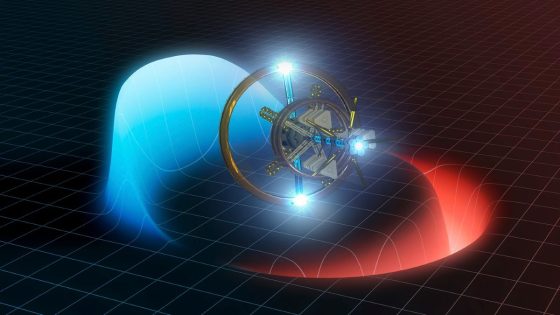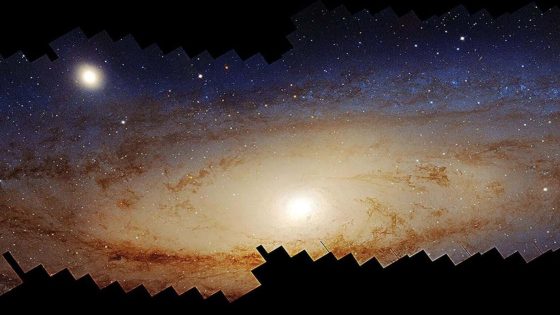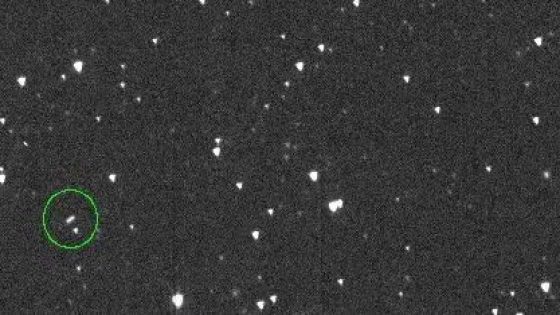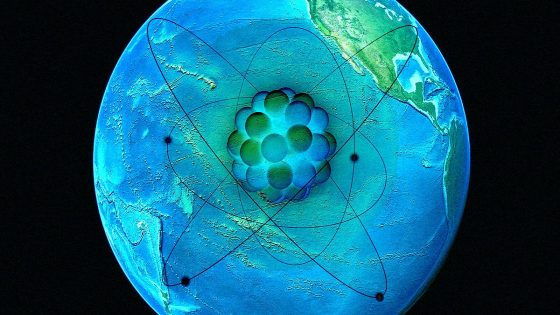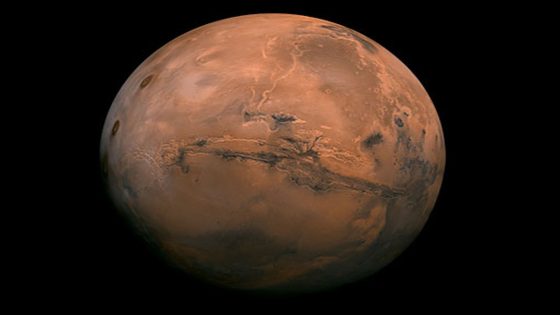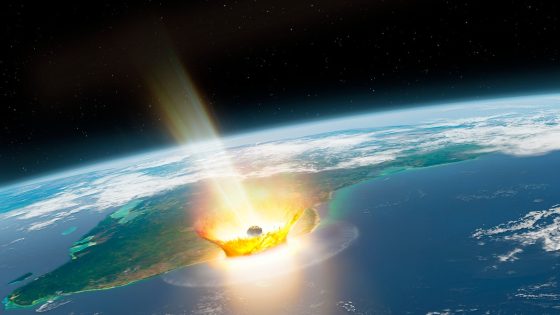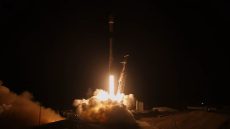In 1994, Mexican physicist Miguel Alcubierre proposed the concept of a warp drive, sparking excitement and curiosity. Fast forward to 2025, and scientists are still grappling with the feasibility of this groundbreaking idea. Can we really manipulate space-time to travel faster than light? The quest for answers continues.
- Alcubierre proposed a theoretical warp drive.
- Faster-than-light travel challenges local measurements.
- Negative mass is required but unproven.
- Casimir effect produces negative energy.
- Warp drive calculations yield contradictory insights.
- Sci-fi warp drives enhance entertainment value.
Exploring the Alcubierre Warp Drive: Can We Travel Faster Than Light?
Is the warp drive just a dream? Alcubierre’s theory suggests that a bubble of space-time could allow for superluminal travel. But what does this mean for our understanding of physics? The potential to reshape our universe is enticing, yet the complexities are daunting.
Understanding the Science Behind Warp Drives and Negative Energy
The concept of a warp drive hinges on manipulating space-time. Here are some key points to consider:
- The Alcubierre warp drive requires a bubble of flat space-time.
- Negative mass is theorized but has not been observed in the universe.
- The Casimir effect shows that negative energy exists, but not in sufficient quantities.
- Calculations suggest we might need negative energy equivalent to a star to create a warp bubble.
The Role of Quantum Mechanics in Warp Drive Feasibility
Quantum mechanics adds another layer of complexity to the warp drive concept. Some calculations indicate that quantum fields at the edges of the warp bubble could become unstable. This instability raises concerns about the practicality of such a drive. Could we ever find a way to stabilize these fields?
Current Research and Future Possibilities for Warp Drives
Research continues into alternative warp drive designs. Some theories propose reshaping the bubble to minimize negative energy requirements. While traditional models demand vast amounts of negative energy, innovative designs might reduce this need significantly. What breakthroughs could lie ahead in this exciting field?
Implications of Warp Drive Technology for Space Exploration
The allure of warp drive technology extends beyond theoretical physics. If achieved, it could revolutionize space exploration, allowing humanity to reach distant stars in a fraction of the time. Imagine visiting exoplanets within a human lifetime! The possibilities are thrilling but remain firmly in the realm of speculation for now.
In conclusion, while the Alcubierre warp drive remains an intriguing concept, significant scientific hurdles must be overcome. The exploration of faster-than-light travel continues to inspire researchers and science fiction enthusiasts alike. Will we ever unlock the secrets of warp drives? Only time will tell.



